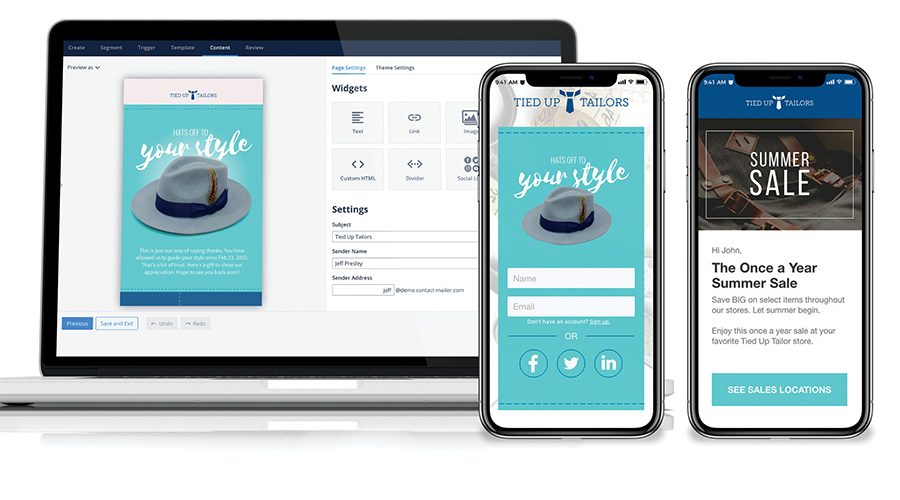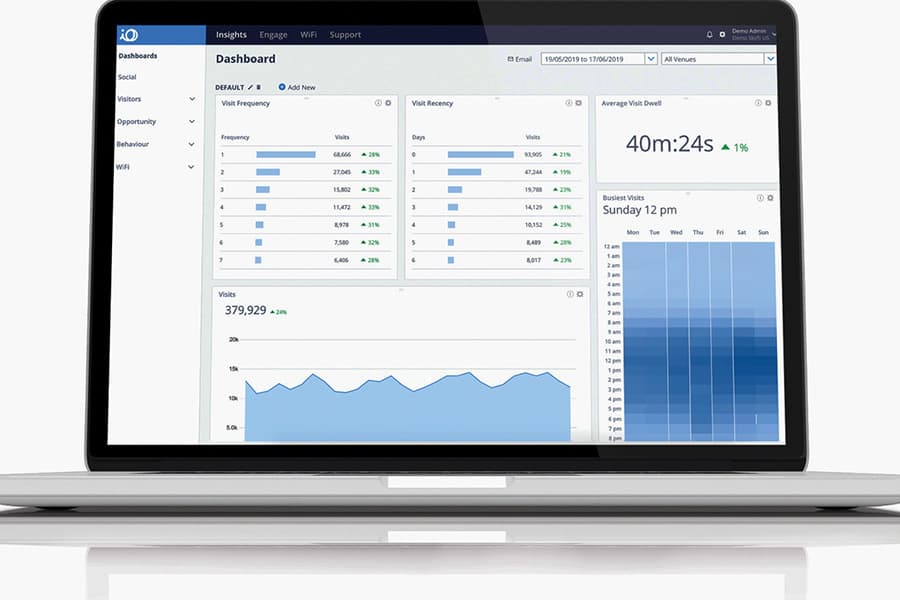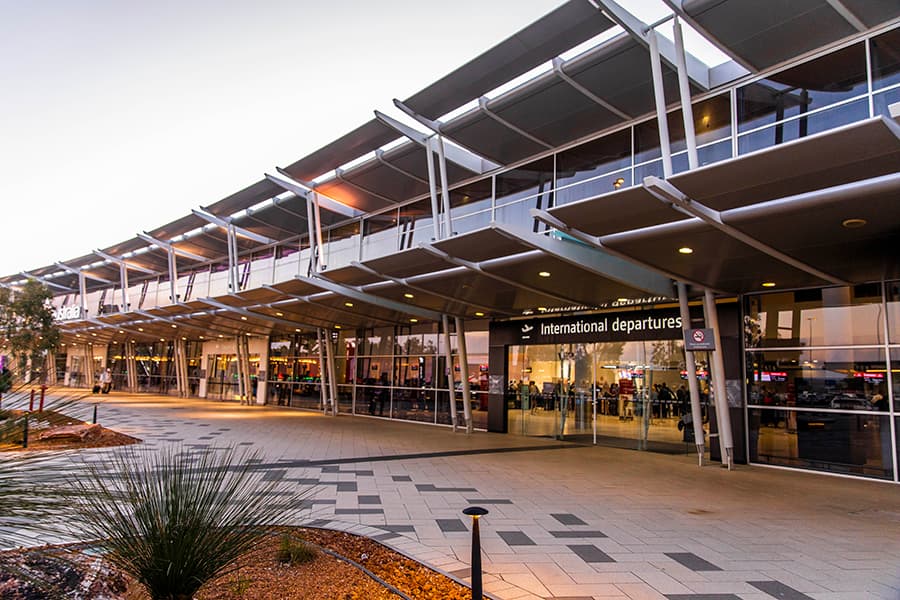The biggest trend in the retail property space is the digital disruption enabled by data. The amount of data retail property managers now have access to is substantial – and it’s growing.
The deluge of data can be almost incomprehensible when you consider the volume and variety of data inputs available and the increasing velocity at which data is processed. But access to this data and the knowledge it provides are essential to growth and success.
When data is harnessed in a platform that can ingest multiple datasets at high volumes and provide both analysis and action, that’s where knowledge, impact and competitive advantage begin.
Timely and accurate data is essential to understand current customer behaviours, or to predict future behaviours. Therefore, the ways that data can help retail property improve customer experience are vast. Data can help solve almost any challenge from understanding occupancy and foot traffic patterns to making building operations more efficient.
The increase in access to more data has fast-tracked advancement in artificial intelligence (AI), machine learning and predictive analytics. Partnering with retail property groups across the globe, gives Skyfii a bird’s eye perspective on four key trends within the industry.
Supporting tenants
In order to create satisfying experiences, you must understand shopper patterns. The ability to measure the uniqueness of different customer journeys using multiple sources of data is at the core of this understanding. Data is essential to not only understand customer journeys but also influence or optimise those journeys.
Retail property management is well-positioned to provide a cohesive digital experience for shoppers as they transition through various locations or stages on their retail journey. Loyalty programs, digital out-of-home (OOH), ecommerce integration, Click & Collect, network connectivity, location-based marketing, ad network retargeting and wayfinding are all ways that retail property managers can support their retailers in creating a cohesive, optimised customer experience. Data is the unifier across these digital services and helps them to become more intelligent and relevant to the customer.

Data can now be used to influence and optimise shopper journeys
Health and safety
Data can help make building operations smarter and safer, which is of particular importance nowadays. Buildings with AI-driven occupancy sensors can help retail property management uphold social distancing requirements by understanding where occupants are located and the flow of foot traffic.
Intelligent data platforms can provide the ability to detect and notify staff about congestion, overcrowding and potential instances of illness. For example, thermal sensors can detect above normal elevations in people’s body temperatures and cameras can detect when social distancing guidelines are not adhered to. Both of these scenarios can then trigger alerts to staff.
Additionally, data can help predict congestion and traffic flow in instances of emergencies or incidents. For instance, in the event of a fire, data can predict where occupants are most likely to congregate and which way they will most likely take to exit a building. This helps operational teams be proactive to ensure clear pathways and signage in high risk areas before an incident occurs. Real-time reports and automated alerts can help emergency services know where occupants are located if a building must be evacuated.
Leasing
Having the right retail mix to match a trade area is a tenet of successful retail property management. In order to know the different types of shopping experiences that customers want, you must understand how they currently shop and their level of satisfaction. Location data from sources like wi-fi, people counters, smart cameras, Bluetooth Low Energy (BLE) and mobile apps, provide an understanding of when and where customers shop.
If you correlate when and where customers shop with sentiment data captured via surveys, you can understand how satisfied customers are with their individual experiences. This provides a deep understanding of both category and retailer performance. Surveys delivered through a wi-fi captive portal or a digital touch screen provide a low-cost and scalable way to capture customer demographic, geographic, preference and satisfaction data.
In addition to understanding which categories of retail are the most popular, these data sets can be used to model and measure a tenancy mix for an optimised rental yield.
A holistic data strategy can also answer how your trade area is changing, how that affects the audience that is likely to visit, and what anchors and categories are attracting new audiences or extending your trade areas.
Energy consumption
Data collected by smart sensors provides visibility into building systems and equipment that may be inefficient. This allows you to make real-time adjustments to reduce energy consumption. For example, smart buildings can control light and HVAC settings to turn them on, off, or adjust them based on occupancy, external temperatures or the amount of natural sunlight in the room. Furthermore, retail property groups can use data to inform their tenants when to run large equipment like refrigerators at off-peak times to decrease energy usage and costs.
Smart-building sensor data can also help reduce operating and maintenance costs. A building with connected sensors can perform automatic checks for equipment or lamp failure and can notify personnel when preventive maintenance or replacement is necessary. This cuts down on manual service checks. Proactive maintenance helps reduce costly downtime needed for reactive maintenance.
At Skyfii, we thrive in the complex world of machine learning, predictive analytics and AI. We aim to simplify this space for our retail property partners through our experience and solutions.
These trends will have the biggest influence on the creation of smarter retail environments. Data is at the core of how the retail property industry can innovate and push the boundaries of a more intelligent shopping experience.





















